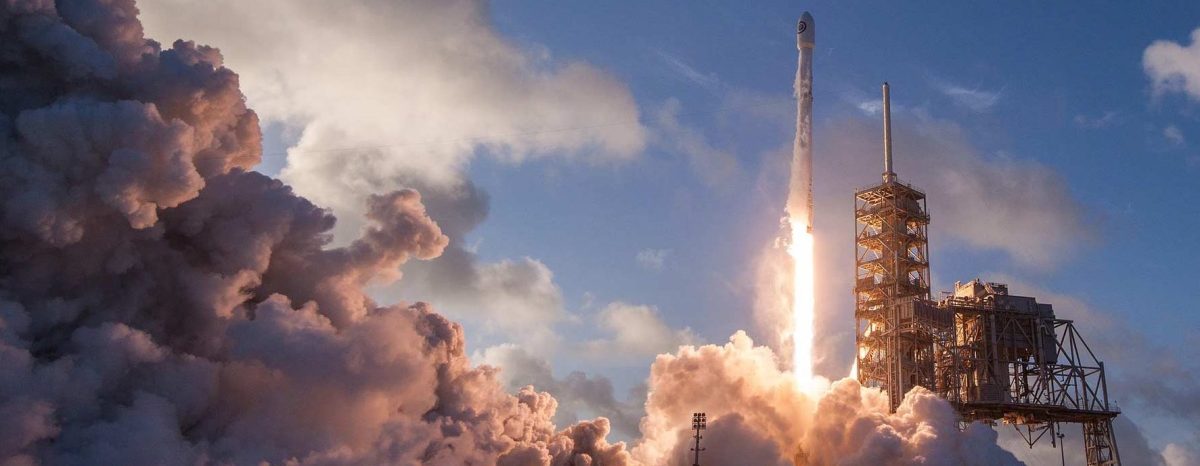The Falcon 9 rocket ripped a hole in the plasma of Earth’s ionosphere during a 2017 launch from California for SpaceX’s Formosat-5 mission, according to Nature, the international journal of science, which may have temporarily interfered with GPS navigation.
“The Falcon 9’s passage generated the first known circular acoustic shock waves made by a rocket,” Nature reports, referencing an analysis of the launch completed by Charles Lin and a team from National Cheng Kung University in Tainan, Taiwan. “The team says that the waves probably owe their unique shape to the rocket’s unusual, nearly vertical trajectory into space. Earlier launches at lower angles produced V-shaped patterns.”
Usually, the ascent isn’t so vertical, but the payload was reportedly light.
Thanks for reading InsideHook. Sign up for our daily newsletter and be in the know.



















